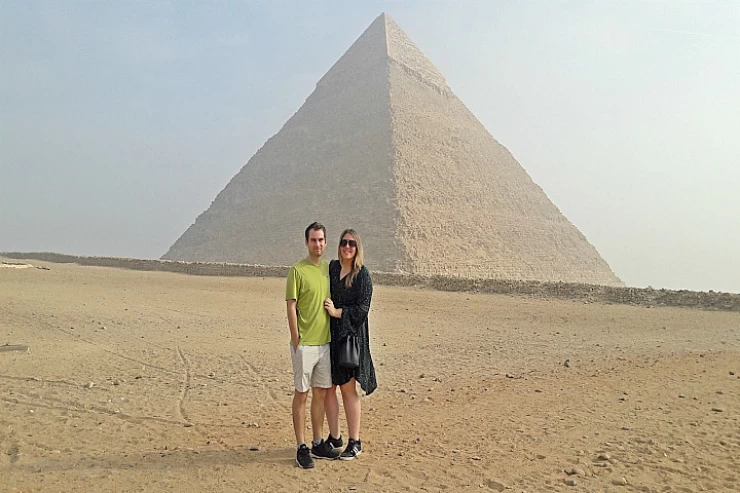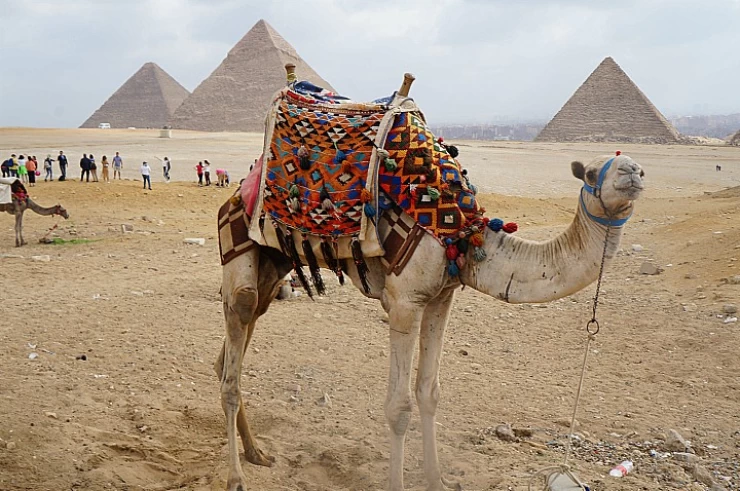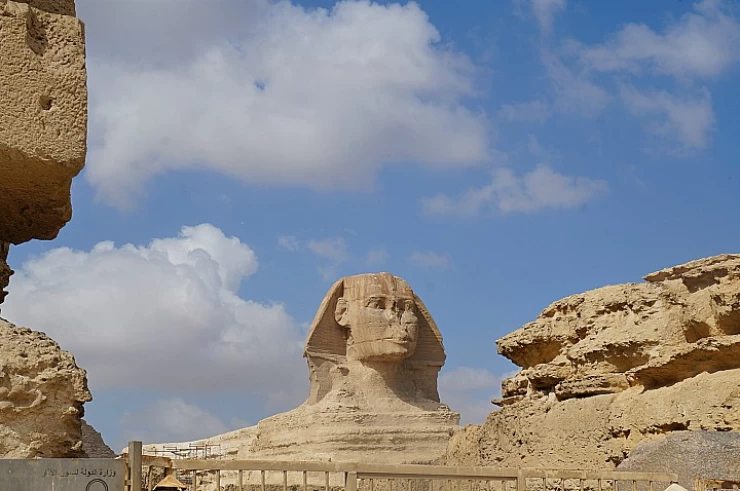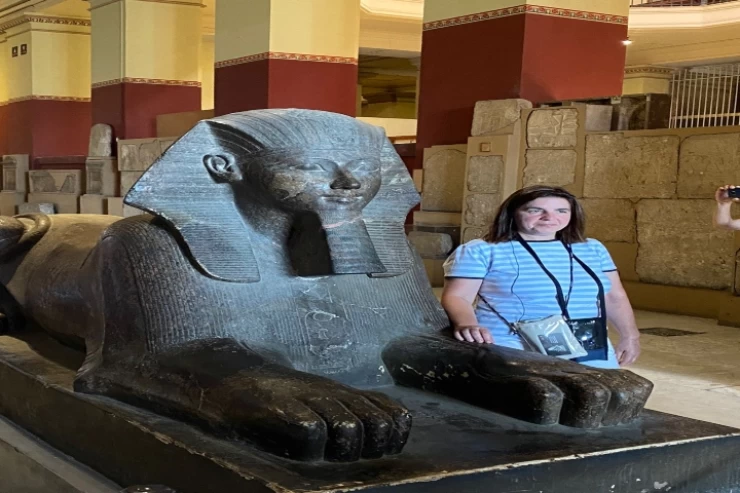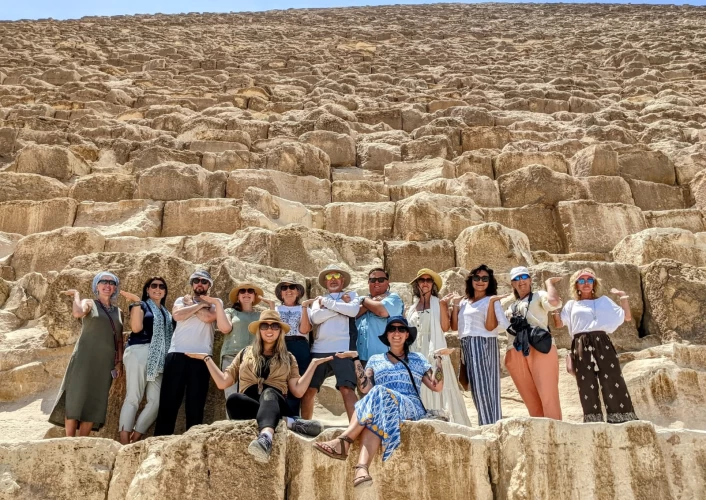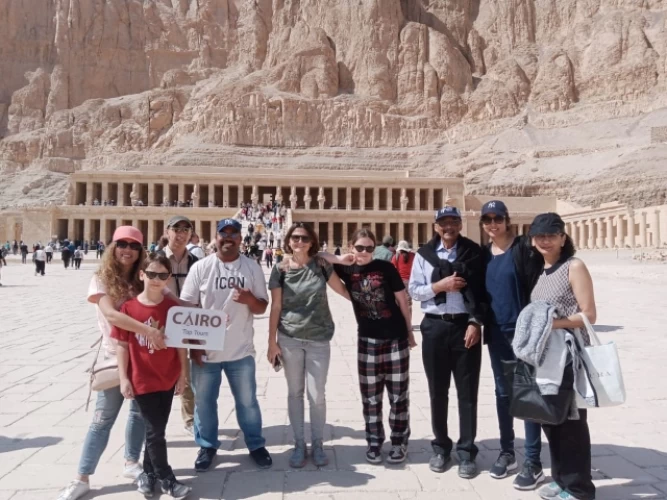Amr ibn al-As (Muslim leader and faithful ambassador)
Amr Ibn Al-As
Amr ibn al-As - may Allah be pleased with him - is one of the Quraysh knights and heroes, the smartest Arab men, and the most cunning, cunning and resourceful, and his Islam was before the conquest of Mecca, and he was known as a brave mujahid who loves God and His Messenger, and works constantly to raise the banner of Islam in the east and west of the earth, and the Messenger of Allah loved him and gave him many missions and commanded armies.
Amr ibn al-'As (may Allah be pleased with him) was reportedly a man of short stature, with intense black pupils of the eyes and prominent whitish sclera surrounding them, and possessing distant eyebrows. It is aloso reported that he used to paint his beard with black dye.
Most of the companions - may Allah have mercy on them - accepted Islam before him and with regards to that, his case was more unfortunate than others. This was because, just like other leaders of the Quraysh tribe, he chose to follow the forefathers’ religion despite knowing the Prophet (peace and blessings of Allah be upon him) was truthful in his mission. Among them was Amr al-‘As, and because of the great wisdom of God (swt), his acceptance of Islam was delayed.
Amr ibn al-'As went to Najashi laden with gifts, and Amr ibn Umayya had also come to him after being sent by the Messenger of Allah (peace and blessings of Allah be upon him). Amr ibn al-'As asked Najashi to hand over the Egyptian to him; Najashi was angry at 'Umar ibn al-'As's request and beat him for it, so he returned from there and headed back to Medina. On his way, he met 'Uthman ibn Talha and Khalid ibn al-Walid (may Allah bless them both), and they had a conversation about Islam, and the three of them went to Medina and declared their Islam to the Messenger of Allah (peace and blessings of Allah be upon him).
Amr Ibn al 'As (may Allah be pleased with him) was known for his craftiness, and has the title of ‘the shrewdness of the Arabs’; which is concurred by his good opinion, and tricks up his sleeve, being a leader within his own people; for good opinion and craftiness, and that ’Umar ibn al-Khattab (may Allah be pleased with him) whom all would later accord with the good opinion and the rationale of ‘Ammar was to give of him, was also a good example aws of the good opinion, logic and quite brazen approach.
Amr ibn al-'As was the first governor of Egypt, when he first entered it as a conqueror, having been appointed by al-Farouq 'Umar ibn al-Khattab (may Allah be pleased with him), and Amr ibn al-'As was an honest and just governor. He made many achievements during his tenure; he spread safety in Egypt, gave the Copts in Egypt a religious freedom they had never had before, and won the hearts of the Egyptians, especially after he brought back Penguin Benjamin from his exile to his church in Alexandria.
Amr ibn al-'As also carried out many administrative and financial reforms in Egypt, relying on internal labor and making reform come from the people of Egypt themselves. He also founded the city of Fustat and the mosque that bears his name; it is the first mosque to be built on the African continent.
He established a sea canal to facilitate trade between Egypt and the Arabian Peninsula. Amr ibn al-'As (may Allah be pleased with him) assumed the governorship of Egypt twice, the first during the reign of 'Umar ibn al-Khattab (may Allah be pleased with him) and the second in the year eighty-three for the Hijrah.
Latest Articles
Admin
Aswan Governerate in Egypt
One of Egypt's southern governorates is Aswan Governorate. The city of Aswan serves as its capital. At a latitude of 22 north of the equator (also known as the Tropic of Cancer), it is bounded to the north by the Qena Governorate, to the east by the Red Sea Governorate, to the west by the New Valley Governorate, and to the south by the Republic of Sudan.
Admin
Luxor Governorate Egypt
The capital of the Arab Republic of Egypt is Luxor City, which was once known as "Thebes City" because it served as Egypt's capital during the Pharaonic era. It is situated in the South Upper Egypt region, approximately 670 kilometers from the capital Cairo from the south. It is bordered on the north by Qena Governorate, on the south by Aswan Governorate, on the east by Red Sea Governorate, and on the west by New Valley Governorate.
Admin
History of kafr El Sheikh Governorate
Kafr El Sheikh Governorate is an Egyptian governorate, located in the northernmost part of Egypt in the Nile Delta, with Kafr El Sheikh as its capital. It had a population of 3,172,753 in 2015 and an area of 3,748 km². Its entire area is located north of the delta and overlooks the Mediterranean Sea. The main economic activity of the residents of the governorate is agriculture and fishing, especially the southern lands of the governorate and the lands overlooking the Nile River - Rosetta Branch.
Admin
Egypt's New Administrative Capital
The New Administrative Capital is located between the Cairo-Suez and Cairo-Ain Sokhna roads, 60 km from Cairo and the same distance from Ain Sokhna and Suez. The New Administrative Capital is located on the border of Badr City, in the area between the Cairo-Suez and Cairo-Ain Sokhna roads, just after New Cairo, Mostakbal City and Madinaty.
Admin
Al Gharbia Governorate
Gharbia Governorate is one of the governorates full of archaeological sites, whether they are places or facilities (mosques, churches), as the governorate is a destination for visitors to these places throughout the year, whether they are Egyptians from the different governorates.
Admin
Hamata Islands (Qulaan Archipelago) in Marsa Alam
The Hamata area, south of Marsa Alam in the Red Sea, is one of the most important parts of the Wadi El Gemal Reserve, whether in the desert or the sea. It was named after the sorrel plant, which was distorted to Hamata.






